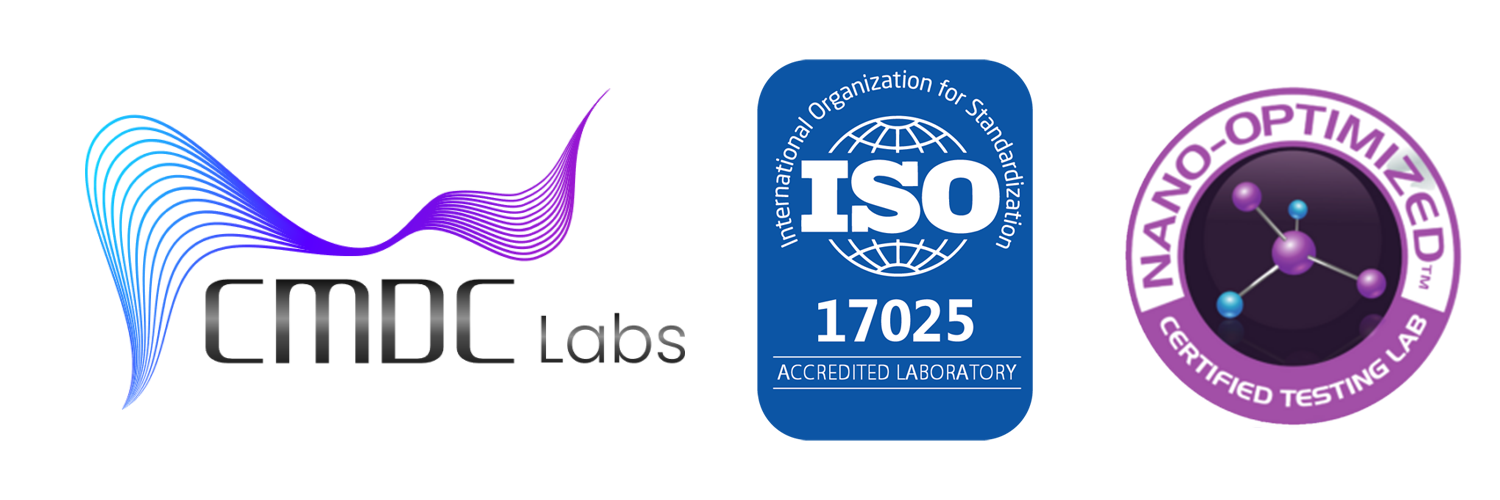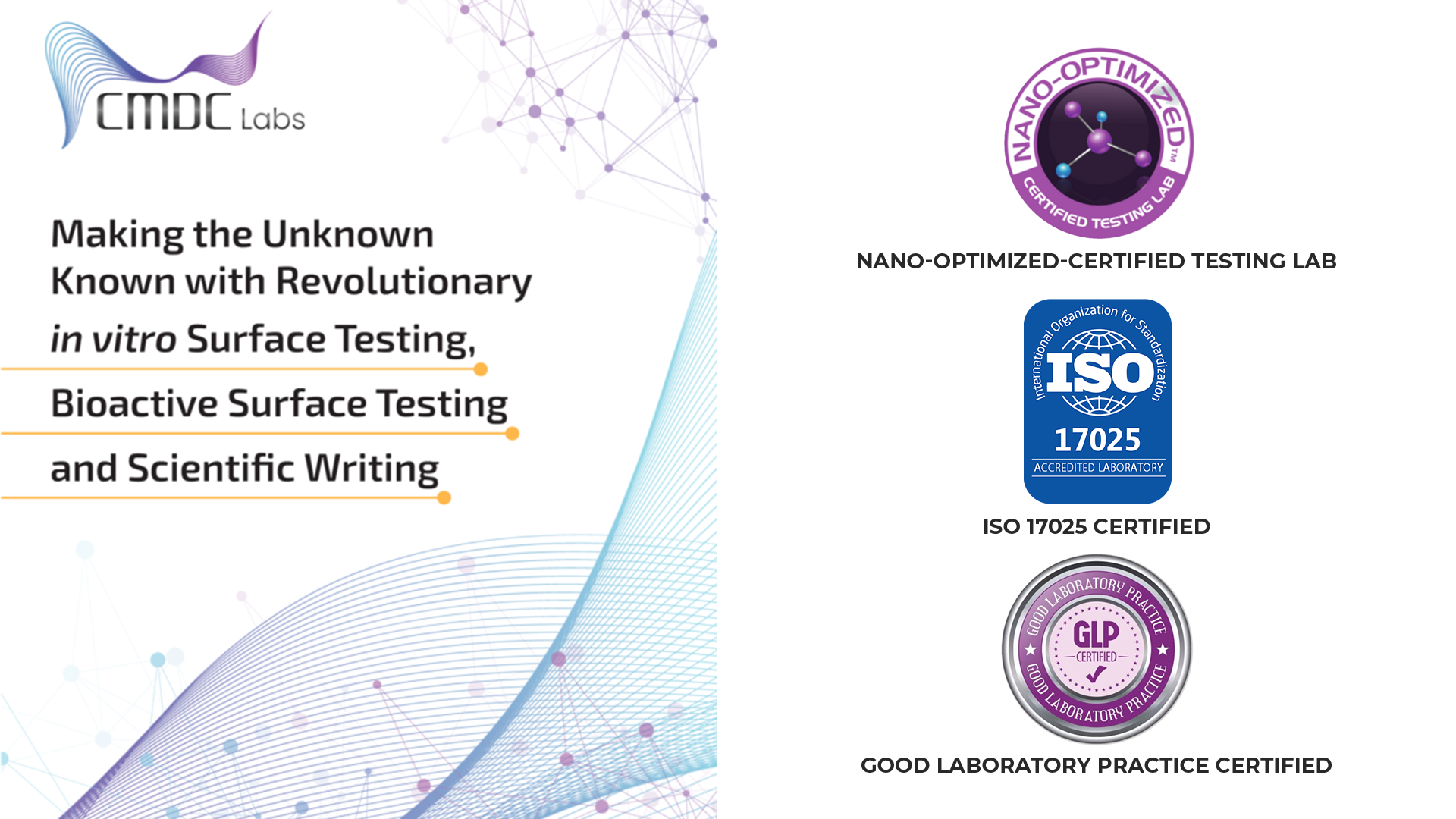The past few years have seen an unprecedented rise in the use of GLP-1 agonists such as semaglutide and tirzepatide, widely recognized under brand names that have become part of mainstream conversation. Originally developed for type 2 diabetes management, these therapies have rapidly expanded into broader metabolic care, gaining attention from clinicians, researchers, and industry analysts alike.
While most public discussion centers on their effects on appetite regulation and metabolic pathways, another important development is unfolding quietly in the background:
The growing influence of GLP-1 therapies on medical device design, testing, and material performance standards.
As pharmaceutical and device technologies increasingly intersect, medical device manufacturers are re-evaluating:
- biocompatibility requirements,
- material stability under new physiological conditions,
- sterility assurance expectations,
- long-term performance characteristics,
- and patient-use environments.
This trend is not driven by confirmed clinical outcomes, but rather by industry preparation and innovation planning.
Manufacturers are adapting to evolving therapeutic landscapes to ensure their devices remain safe, effective, and resilient within changing treatment contexts.
And at the center of this adaptation is a growing need for independent testing laboratories capable of supporting device developers with scientifically robust validation programs.
Why Medical Device Manufacturers Are Paying Attention
Even without drawing conclusions about clinical impact, the rapid adoption of GLP-1 therapies has prompted many medical device companies to consider how shifts in metabolic care may influence:
- device user profiles,
- treatment pathways,
- device wear environments,
- and long-term usage patterns.
Industry analysts note that as patient management strategies evolve, devices used in chronic care settings may encounter:
- different physiological conditions,
- altered nutritional profiles,
- changes in gastrointestinal behavior,
- or variations in patient weight and body composition.
While the full implications remain uncertain and require continued scientific evaluation, manufacturers recognize the need to stay ahead of potential changes rather than react to them later.
This proactive mindset has accelerated interest in:
- updated biocompatibility testing,
- material performance studies,
- sterility validation under revised conditions,
- and verification of long-term device integrity.
Convergence of Pharmaceuticals and Medical Devices
One of the most significant industry trends connected to GLP-1 therapy expansion is the broader movement toward combined therapeutic approaches, where devices and drugs support one another in treatment plans.
Examples include:
- implantable devices used alongside metabolic treatments,
- wearable monitoring systems,
- drug-delivery technologies,
- and at-home care equipment.
As these hybrid care models gain traction, device developers face new questions:
- Will existing materials maintain performance under different physiological exposures?
- Do sterility protocols remain adequate for revised usage scenarios?
- Are packaging and transport conditions still validated appropriately?
These questions do not imply problems — instead, they represent a responsible industry response to a rapidly changing therapeutic environment.
Innovation Through Preparedness
Medical device manufacturers that invest in proactive testing benefit from:
- earlier identification of potential material issues,
- smoother regulatory pathways,
- stronger documentation packages,
- and improved confidence in product resilience.
Preparing for potential shifts in therapy use helps companies:
- maintain product reliability,
- reduce the risk of redesign delays,
- support continued regulatory compliance,
- and demonstrate commitment to safety.
Innovation does not always result from known change.
Sometimes it emerges from the decision to prepare for what might evolve.
How CMDC Labs Supports Manufacturers in This Evolving Landscape
As the medical device sector evaluates the potential implications of expanding metabolic care therapies, CMDC Labs provides critical support through:
Biocompatibility Testing
Ensuring that device materials remain safe and compatible under a range of physiological conditions through:
- cytotoxicity testing,
- extractables and leachables analysis,
- material interaction studies.
Sterility Validation
Confirming that sterilization processes remain effective and packaging barriers continue to protect devices throughout distribution and use.
Material Stability Studies
Evaluating whether temperature, humidity, and storage factors influence:
- polymer integrity,
- coatings,
- adhesives,
- and critical performance characteristics.
Performance Testing
Verifying that devices maintain their intended function over expected usage periods, especially when treatment models evolve.
CMDC’s role is not tied to specific therapies or clinical outcomes.
Instead, the laboratory provides independent scientific data that helps manufacturers navigate innovation responsibly.
Regulatory Considerations Without Speculation
Regulatory authorities continue to monitor developments in metabolic care, but no formal guidance currently connects GLP-1 therapies to device performance requirements.
For this reason, CMDC maintains a strictly:
- neutral,
- data-driven,
- and compliance-focused role.
The laboratory supports manufacturers by strengthening:
- documentation packages,
- validation files,
- risk management systems,
- and quality assurance programs.
This ensures devices remain compliant regardless of how treatment environments evolve.
Why a Conservative Testing Approach Benefits Manufacturers
In an industry where safety and reliability are non-negotiable, a conservative testing strategy offers several advantages:
- reduces uncertainty,
- supports long-term product confidence,
- improves readiness for future regulatory updates,
- and demonstrates due diligence to partners and stakeholders.
Manufacturers that adopt proactive validation practices position themselves to adapt smoothly should treatment trends influence device usage patterns.
The Bigger Picture: A More Integrated Healthcare Model
The rapid adoption of metabolic therapies highlights a broader trend:
Healthcare is becoming more integrated, with pharmaceuticals, devices, and digital tools increasingly working together.
This integration requires:
- stronger cross-disciplinary collaboration,
- robust testing infrastructure,
- and reliable validation partners.
CMDC Labs helps bridge this gap by offering comprehensive testing services that support safe innovation.
Conclusion: Preparing for Change Without Claiming It
The expansion of GLP-1 therapies represents an important development in metabolic care.
However, the full implications for medical devices remain uncertain and unproven, and responsible industry communication must reflect that.
What is clear today is this:
- medical device manufacturers are planning for potential shifts,
- innovation efforts are accelerating,
- and independent testing plays a central role in ensuring continued safety and reliability.
By providing:
- biocompatibility studies,
- sterility validation,
- material stability testing,
- and performance verification,
CMDC Labs supports manufacturers as they navigate an evolving therapeutic environment — without making assumptions about clinical outcomes.
In a landscape where change is possible but not yet defined, preparedness becomes a strategic advantage, and independent testing becomes essential to maintaining trust and compliance.
Sources: MedicalDevice-Network, FDA.gov, ISO.org, Industry Analysis Reports

